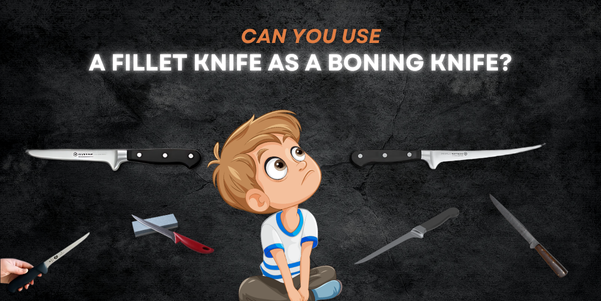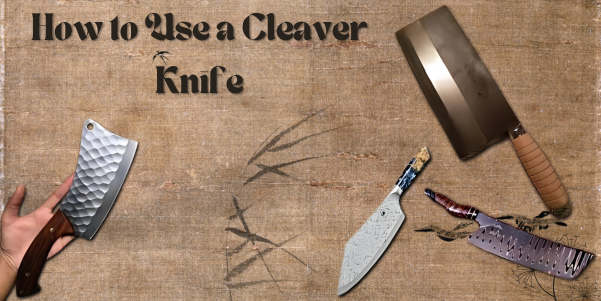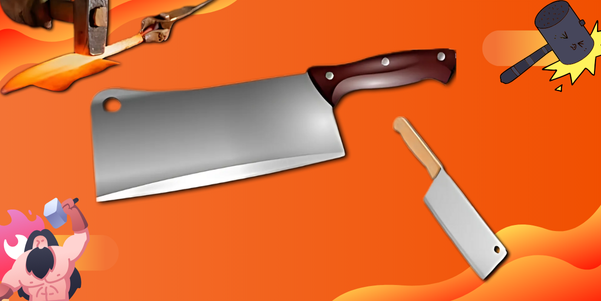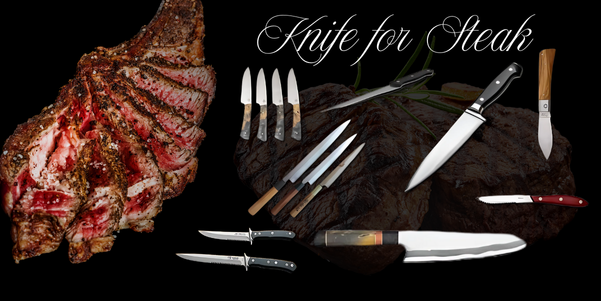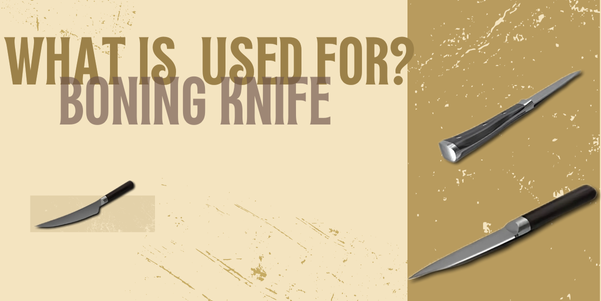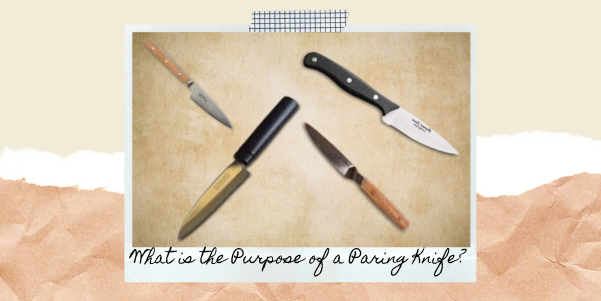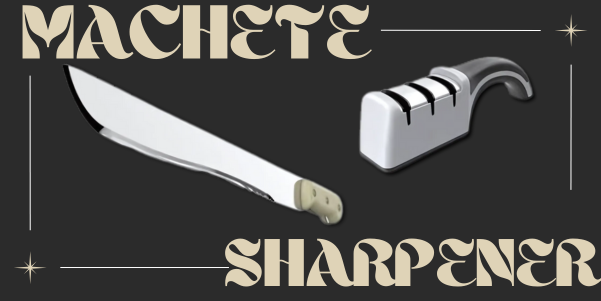When working in the kitchen, especially with meat and fish, choosing the right knife is crucial for achieving precise cuts. Two commonly used knives for such tasks are fillet knives and boning knives. While they may seem similar at first glance, they are designed for specific purposes. So, can you use a fillet knife as a boning knife? Let’s explore their differences, similarities, and when it might be appropriate to substitute one for the other.
Table of Contents
Understanding Fillet Knives and Boning Knives

Before determining whether a fillet knife can replace a boning knife, it’s essential to understand their design, purpose, and performance in various kitchen tasks.
What is a Fillet Knife?
A fillet knife is specifically designed for removing skin and bones from fish. Here are its key features:
- Thin and flexible blade: Allows for precise maneuvering around fish bones.
- Long blade (usually 6 to 9 inches): Enables smooth, uninterrupted slicing.
- Curved shape: Aids in effortlessly filleting fish.
- Best for fish and delicate cuts: Ideal for removing bones without damaging the flesh.
Common Uses:
- Filleting fish
- Trimming fat from meats
- Slicing thin portions of meat
What is a Boning Knife?
A boning knife is designed for removing bones from meat, poultry, and fish. Its features include:
- Stiff or semi-flexible blade: Provides control when cutting through cartilage and ligaments.
- Shorter length (5 to 7 inches): Ideal for detailed, intricate work.
- Straight or slightly curved edge: Helps separate meat from bones.
- Best for tougher cuts: Works well on beef, pork, and poultry.
Common Uses:
- Deboning chicken, beef, or pork
- Trimming fat and sinew from meats
- Breaking down large cuts of meat
Fillet Knife vs. Boning Knife: Key Differences

| Feature | Fillet Knife | Boning Knife |
|---|---|---|
| Blade Flexibility | Highly flexible | Stiff to semi-flexible |
| Blade Length | 6 to 9 inches | 5 to 7 inches |
| Best For | Fish filleting, delicate cuts | Removing bones from meat, poultry |
| Edge Shape | Curved | Straight or slightly curved |
| Strength | Thin and flexible for precision | Stiff for cutting through ligaments |
While both knives share some similarities, their design differences significantly impact their functionality in the kitchen.
Can You Use a Fillet Knife as a Boning Knife?

Yes, but with limitations. A fillet knife can be used as a boning knife in certain situations, but it may not perform as efficiently, especially for tougher meats. Here’s when you can and cannot use a fillet knife instead of a boning knife:
When You CAN Use a Fillet Knife as a Boning Knife:
- Deboning Fish: Since fillet knives are designed for fish, they work well in place of boning knives for removing fish bones.
- Trimming Fat: A fillet knife’s flexibility allows for easy trimming of fat from cuts of meat.
- Soft Meats: If the meat is tender, a fillet knife can handle deboning without much issue.
When You SHOULD NOT Use a Fillet Knife as a Boning Knife:
- Tougher Cuts of Meat: Fillet knives are too flexible to cut through dense meats like beef or pork effectively.
- Cartilage and Ligaments: The thin blade may struggle with cutting through cartilage, unlike a sturdy boning knife.
- Poultry Deboning: A fillet knife lacks the necessary strength to remove bones from chicken or turkey efficiently.
Situations Where a Boning Knife is Essential

While a fillet knife can sometimes be used for boning, certain kitchen tasks require the strength and precision of a boning knife:
- Breaking Down a Whole Chicken: The stiff blade makes it easy to remove bones and joints.
- Removing Pork Ribs: A boning knife provides the strength to cut through tough meat.
- Deboning Large Meat Cuts: The rigid blade allows precise cuts without damaging the surrounding meat.
If you frequently prepare red meat or poultry, a boning knife is indispensable in your kitchen.
Which Knife Should You Choose?

If you work mostly with fish, a fillet knife is the best option. However, if you handle various meats, investing in both a boning knife and a fillet knife is recommended.
Choosing the Right Knife for Your Needs
| Kitchen Task | Recommended Knife |
|---|---|
| Filleting Fish | Fillet Knife |
| Trimming Fat | Fillet Knife |
| Deboning Chicken | Boning Knife |
| Removing Pork Bones | Boning Knife |
| Cutting Through Cartilage | Boning Knife |
If you must choose just one, a boning knife is more versatile because it can handle both fish and meat, whereas a fillet knife is more specialized.
Conclusion
While a fillet knife can sometimes replace a boning knife, it’s not ideal for all tasks. The flexible, thin blade of a fillet knife works well for fish and soft meats but lacks the strength needed for denser meats and poultry.
Final Recommendation:
- If you work primarily with fish, a fillet knife is sufficient.
- If you handle various meats, a boning knife is essential.
- For ultimate versatility, consider having both knives in your kitchen.
Having the right knife for the job ensures clean cuts, better efficiency, and an easier cooking experience!

